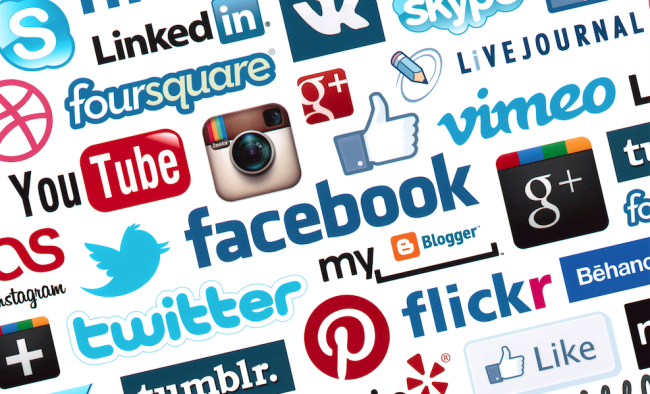Cybersleuthing my classmate was both interesting, but also concerning in a way. Cybersleuthing scares me because it is so easy, yet you can find out so much about a person so quickly, as the internet holds so much information. I was amazed with how much I could find about my partner, from a LinkedIn profile, Facebook profile, her blog, Twitter account and her Pinterest account! From her LinkedIn account I learned that she teaches English through Giraffe English, which is based out of Taiwan and teaches children age 3-12 English, which is totally amazing! I recall seeing a Twitter post from her about this! From her Pinterest board I could tell she likes to paint and draw. When looking at Twitter, two different accounts came up and one looked to be her, buttt from about 12 years ago lol! The bio was “I like hanging with friends and just having the time of my life. I am so random” which even sounded like 10 year old, so I went on to look at her real or newer Twitter per say! Her main Twitter account looked very professional with the bio “U of R Elementary Education Student | Nature Lover | Arts&Crafts Enthusiast|Imagination Has No Age”, this had to be the right one! Her posts were great, and it didn’t seem that tooo much information was posted on there, but it was full of reliable, meaningful, and important stuff!

Digital Identity is hard, and poses many questions… what do I post and what don’t I post? How do I make sure my privacy settings are what I want? What things really come up when I search my name? and the list goes on and on! I believe teaching digital identity to children is very important for many reasons, one being that as technology evolves, your digital identity is a direct representation of you!

This article by Kate Fagan and published on ESPN, directly discusses the internet vs. reality of a 19 year old girl who took her own life. Maddison Holleran’s life looked perfect through the lens, but didn’t portray any of the issues she was struggling with. This hit hard, I also knew a young boy who was struggling, but never told anyone before it was too late, and another who couldn’t get the help he needed fast enough. Social media can be a fake identity and may only show the positives in some peoples lives. I think it is important to not only reach out for help when you need it, but also understand that not everything posted on social media is the whole story.
Another very important thing that comes along with digital identity and internet is cyberbullying, a form of harassment or bullying by electronic means. I have experience with this from the now well known website, ASK.fm. ASK.fm was very popular when I was in grade 8, and my sites and photos still come up to this day. This website was a huge source for cyberbullying as it allowed people to send anonymous messages to anyone. I distinctly remember my friends and myself getting hurtful messages through this app, and even had someone pretend to be me and send one of my best friends a terrible message. This site only caused problems. Cyberbullying is also possible on a large scale, also called mass online shaming. There have been many cases where one person tweets or does the wrong thing and the internet goes absolutely insane, trying to cancel the person. For example Amanda Todd, who took her own life because of the amount of hurtful messages and posts about her, that were posted online.
